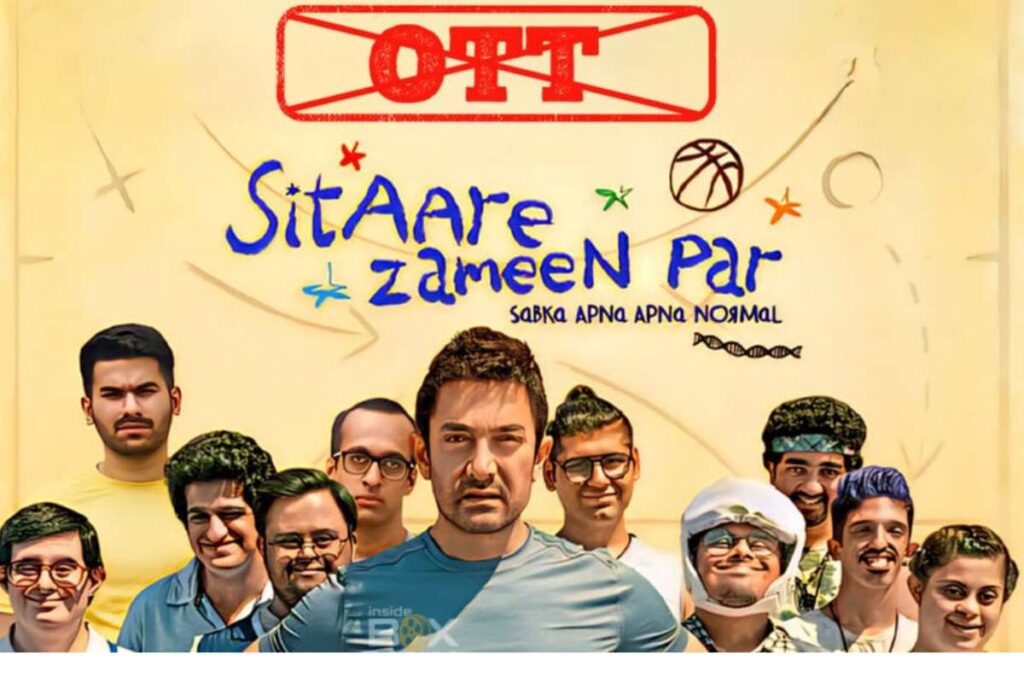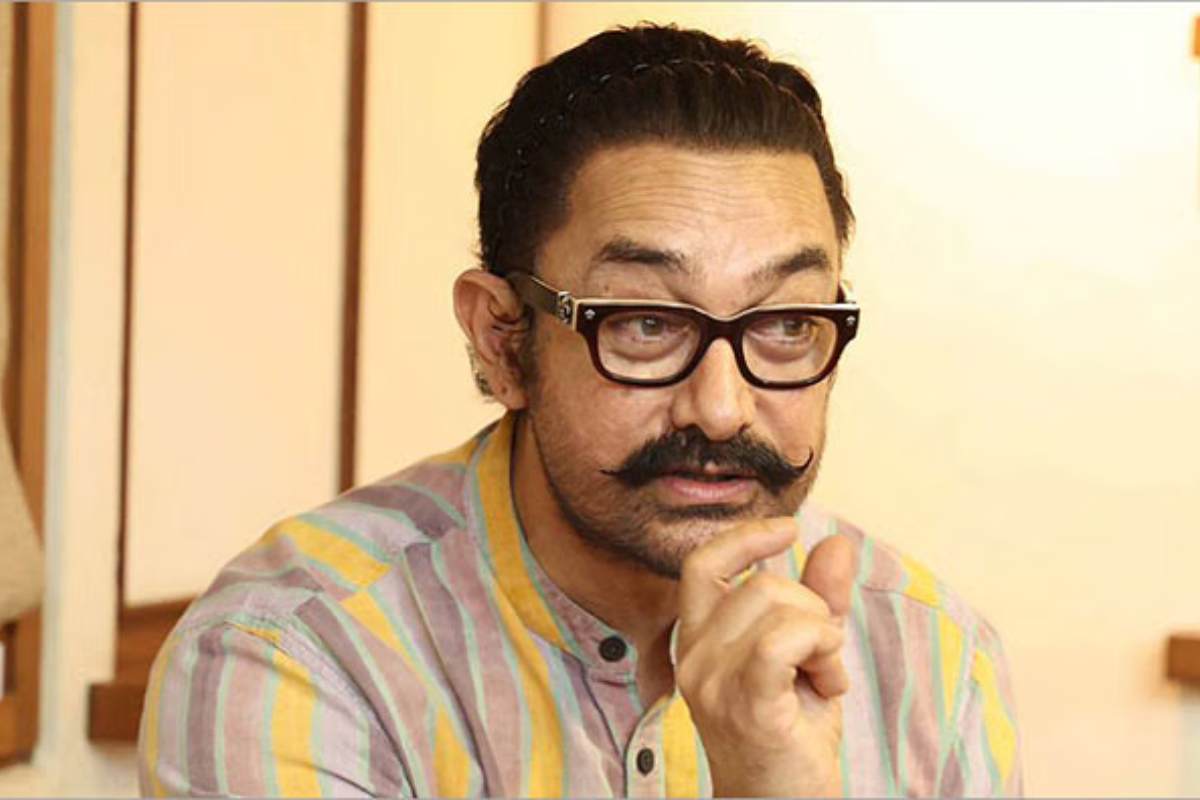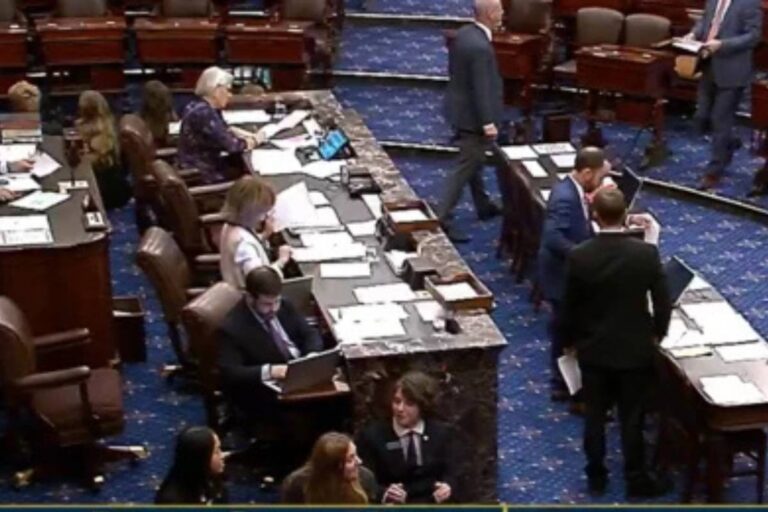The Day Bollywood (And Streaming) Changed Forever
Funny thing is, if you’d told anyone in the industry a year ago that one of India’s biggest stars would ditch Netflix and Amazon Prime for a pay-per-view release on YouTube… well, you’d have heard a lot of polite laughter. Maybe a shake of the head. Not anymore. With his blockbuster “Sitaare Zameen Par”, Aamir Khan, never a stranger to path-breaking moves, has set the cat among the pigeons in India’s movie scene. Starting August 1, India’s families won’t turn to Hotstar or Prime for a streaming night; they’ll head over to YouTube, search Aamir’s official channel, and, after a quick ₹100 click, watch the movie in their living room.
Let’s break down what’s actually happening here, the whys, the hows, and the larger “wait, is this the future now?” that’s making everyone from Mumbai studio bosses to Silicon Valley streamers sit bolt upright.
Breaking The Mold: What’s Actually New?
A Digital-First For India’s Blockbuster Model
For almost a century, Indians have watched their favorite movies in a very specific way:
- Someone in the family got tickets from the box office.
- A rickshaw ride, snacks, lots of anticipation.
- Two or three hours under the big, flickering film reel.
That was the “pay-per-view” model, just offline. Then, after a theatrical run, movies gravitated to TV or, more recently, streaming platforms, Netflix, Amazon Prime, Disney+ Hotstar. You paid a flat subscription; you got a deluge of stuff, with films mixed in with series, docs, and reality shows.
Aamir? He’s turning that upside-down. Here’s the kicker: This is the first time a major Indian theatrical release is heading straight to YouTube’s transactional video-on-demand (TVOD) model after cinemas. No subscription package, no “included with Prime,” just a digital ticket, ₹100 per viewing window.
Why Aamir Khan Is Skipping Netflix and Company
“For 15 years, I wanted this…”
At his press event in Mumbai, Aamir spoke with candor: “For 15 years, I’ve been looking for a way to reach audiences who can’t get to cinemas.” The dream? Simple: Make movies accessible to anyone with an internet connection, no matter the village, city, or even country.
But the timing was never right until now. Why? Three things:
- Internet Penetration Is Massively Up: India now has affordable data, even in non-metro towns.
- Digital Payments Just Work: UPI has made paying even tiny amounts easy for nearly everyone.
- YouTube Reaches India’s Heartland: Nearly 550 million Indians use YouTube every day, on everything from smartphones to TVs.
Aamir summed it up: “Now, with deeper internet access, UPI, and YouTube’s reach, the timing is finally right.”
Not Everyone Liked The OTT Model
Streaming platforms have built a habit: wait a few weeks after a theatrical release, then watch the latest blockbuster “free” (with your subscription). It sounds great for the viewer, but not so much for filmmakers or traditional audience patterns.
Aamir’s argument? “We’ve always had pay-per-view: you buy a movie ticket, you watch once. We’re just bringing that online.” This isn’t about being anti-OTT, but about preserving a sustainable model for both creators and viewers.
How Does The YouTube Release Actually Work?
Here’s what’s different, broken down for the family planner and film enthusiast alike:
- Rental-Only Experience: You can’t buy the film for unlimited re-watches. Instead, you pay ₹100 for a “rental,” giving you 30 days to start watching. Once you hit play, there’s a 48-hour window to finish.
- Affordable for the Family: When you split ₹100 across a whole family watching together, it can be as little as ₹25 a head, just like splitting a box office ticket.
- Global Reach: Not just India, viewers in 38 countries, including the US, UK, Australia, and Canada, get local pricing and access.
- No Upfront Platform Fee: Instead of selling the film’s streaming rights for a lump sum (the usual OTT approach), Aamir Khan Productions will share revenue directly with YouTube, based on every rental.
Why Even Try This? The Rationale Explained
The Numbers Say It All
Here’s a startling fact Aamir shared: Historically, only 2-3% of Indians actually see big movies in theatres. That’s it. The vast majority? They wait for TV premieres, pirated copies, or streaming drops.
India has one of the world’s smallest cinema screen-per-capita ratios. Every theatrical ticket is precious. But it’s also only a fraction of real demand.
And, even as more films drop on streaming, subscription fatigue is very real. The vast “Bharat” audience isn’t signing up for multiple platforms. They’re already living on YouTube.
A Case of Perfect Timing
Let’s connect the dots:
- Digital Payments: With UPI, sending ₹100 is now as easy as a WhatsApp message, even for less digitally savvy folks.
- Cheap Data: Nearly everyone with a smartphone can now stream a two-hour film with minimal hassle or cost.
- YouTube’s Trust Factor: People know and trust YouTube. No new app, no new account, no complex terms and conditions.
Aamir’s move, in his words? “We are just bringing janta ka theatre (the common man’s theatre) to everyone’s device.”
What Is “Sitaare Zameen Par” All About?
A Sequel With Heart
Directed by R.S. Prasanna and written by Divy Nidhi Sharma, “Sitaare Zameen Par” is positioned as a spiritual successor to Aamir’s acclaimed 2007 classic “Taare Zameen Par.” The film stars Aamir himself, Genelia Deshmukh, and introduces 10 debutants with intellectual disabilities.
It’s a story that blends humor and sensitivity, focusing on inclusivity, family warmth, and the power of belief, exactly the kind of film Aamir’s known for.
Box Office: Major Success
By the time the digital release comes around, the movie will already have crossed ₹250 crore at India’s box office and $30 million globally. Not a minor hit. A bonafide blockbuster.
YouTube’s Reaction: A True Milestone for Streaming
YouTube’s India MD, Gunjan Soni, called this move a “milestone” for the platform. Her numbers back it up:
- Four out of five Indian internet users over age 18 can be reached via YouTube.
- Nearly 7.5 billion daily views, yes, daily, come from entertainment content globally.
- The service is already familiar with pay-per-view, but this is its highest-profile film debut ever in India.
The possibilities? “From our perspective, this is the red carpet for the entire industry,” Soni said. They’re actively courting more Indian filmmakers to try original, direct-to-YouTube digital launches.
The Big Picture: What This Changes for Bollywood (And Beyond)
For Filmmakers
- Revenue Potential: When rights are sold to OTT, a film gets one big, fixed payment, no matter how many people watch. With pay-per-view, revenue depends directly on interest and demand.
- Creative Freedom: Lesser-known or risky projects can skip the ordeal of finding a big streaming platform. If you make something great, you can go straight to the audience on YouTube, possibly earning more and building a fan base at the same time.
For Audiences
- Democratized Access: No exclusivity. No HBO Max versus Amazon versus Netflix “wars.” Anyone with ₹100 (and, globally, equivalent pricing) and data can watch on their phone, TV, or laptop.
- Flexible Viewing: “Watch when you want, with whomever you want.” No waiting for the streaming drop; no queue; just one click.
For Industry Observers
Aamir’s move isn’t just celebrity bravado. It challenges OTT norms that have, for five years, seemed unbreakable.
- OTT Giants Take Note: Studios and platforms, Netflix, Amazon, and Disney+, will watch the numbers very closely. If “Sitaare Zameen Par” proves popular on YouTube, expect copycats… and a potential gold rush.
- Theatre Chains Stay Relevant: Since the movie first launches in theatres, nobody is short-changed. The core “movie night out” for fans remains sacred.
Is The Cinematic Experience Over? What About Theatres?
Aamir addressed this: The big screen isn’t vanishing. He sees theatre attendance as the center for India’s youth, 12 to 24-year-olds, especially, who will always want the “big everything” of a multiplex. “The experience of watching a film in a theatre is something else entirely,” he said. “You can never replicate that. So a person who wants to watch the film in theatres will watch it in theatres only.”
But there’s a larger point. “India still lacks enough screens to give theatrical films the kind of wide access they deserve,” Aamir observed. The aim of his digital experiment isn’t to replace theatres, but to reach the millions for whom those screens are literally or metaphorically out of reach.
Hybrid viewing, then, is a world where new Bollywood releases hit the multiplexes for the urban crowd, and then, just weeks later, the digital masses join in from homes everywhere. That’s the future Aamir seems to envision.
How Will Revenue Work For Aamir Khan Productions?

One radical twist: There’s no upfront payment from YouTube to Aamir Khan’s studio. Instead, the model is pure revenue-share; every ₹100 digital ticket, minus YouTube’s commission, goes straight to the studio and its team.
It’s not just about personal profits. If this system works, young filmmakers, often locked out of theatrical and OTT deals, could get a shot: upload their film, draw “viral” attention, and earn directly.
Aamir even hinted at possibly curating future films from lesser-known creators, with the studio taking only a small commission to support genuine talent.
Are There Any Potential Risks Or Pitfalls?
Of course. No innovation comes risk-free. As Aamir quipped, “Maybe five people will watch, maybe five crores (50 million); we don’t know. It’s akin to Christopher Columbus embarking on a quest for India and discovering America instead.”
Will audiences pay to rent rather than wait for a TV or pirated release? Will smaller films see real income with no OTT-funded marketing push? These are open questions, and industry insiders are waiting with bated breath.
But the upside is massive: if even a fraction of Aamir’s fans embrace the experiment, the days of streaming exclusivity and walled gardens may be numbered.
What Comes Next? A Glimpse At The Road Ahead
Aamir’s not stopping here. He’s already planning to release “Lahore 1947” and “Ek Din” via the same model after they finish in theatres. And if the experiment works, as many in Bollywood are starting to quietly predict, it won’t just be his movies or his fans that benefit.
YouTube, too, is making big moves. With millions of Indians now comfortable paying small sums for premium cricket, music, and live shows, paid film rentals are a surprisingly natural next step.
The change isn’t overnight. But, as one platform exec quipped, “This is just the beginning. The whole industry is watching.”
At A Glance: Key Facts About The New Model

- Film: Sitaare Zameen Par (directed by R.S. Prasanna, written by Divy Nidhi Sharma, starring Aamir Khan and Genelia Deshmukh)
- Box Office Performance: ₹250 crore+, $30 million+ globally before digital release
- Digital Release Platform: YouTube, via pay-per-view rental
- Price: ₹100/viewing (38 countries, localized pricing)
- Details: 30-day rental window, 48 hours to finish after hitting play
- Audience Reach: India (all regions), US, UK, Canada, Australia, and more
- Revenue Model: Direct revenue sharing, no flat studio payout
- Upcoming Titles: Lahore 1947, Ek Din, planned the same release strategy
The Takeaway: Bollywood’s Digital Frontier, Redrawn
If you’re a parent whose kids love movies, a fan in a Tier-3 town, or an exec plotting your company’s streaming future, here’s the bottom line. India’s most influential star just chose YouTube over every OTT giant, and his reasons are impossible to ignore.
The experiment may not rewrite everything overnight. But it signals, in bold, blinking letters, a new world for how India (and, maybe, the world) will watch movies: flexible, affordable, accessible, and powered by the simple act of paying only when it matters most.
As Aamir himself said, “This is a crucial step toward truly reinforcing cinema and storytelling.” And judging by the excitement, nerves, and headlines, he’s not alone in thinking so.






















